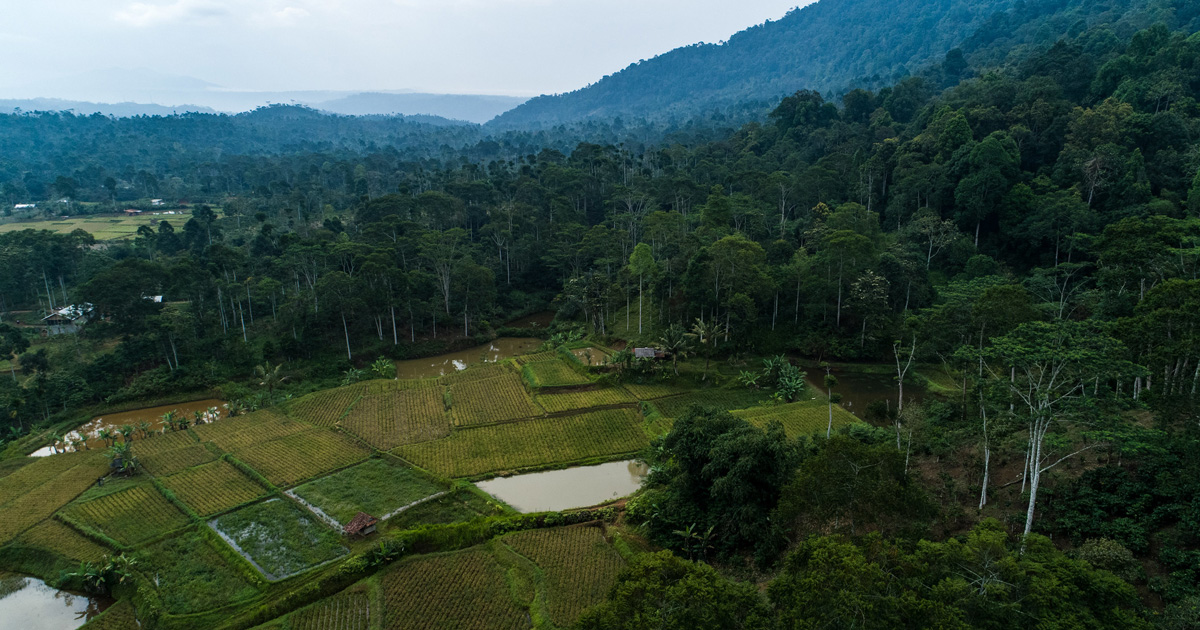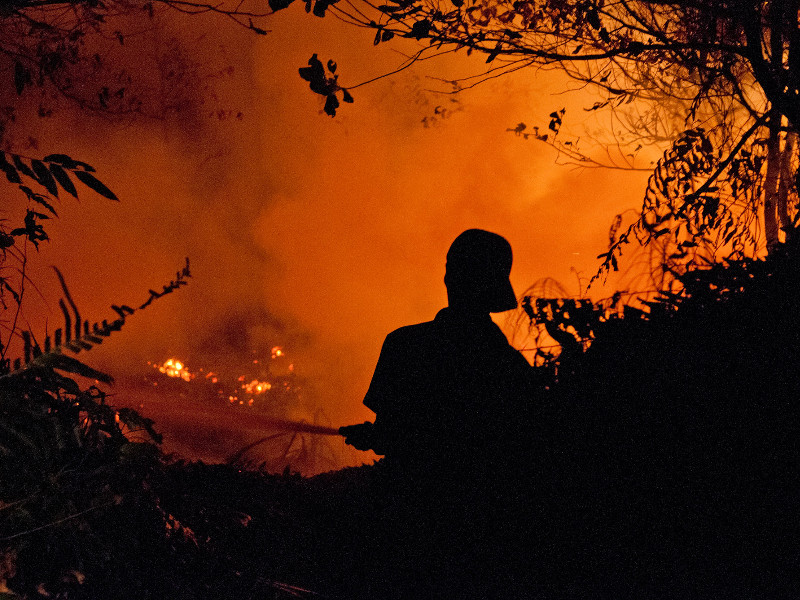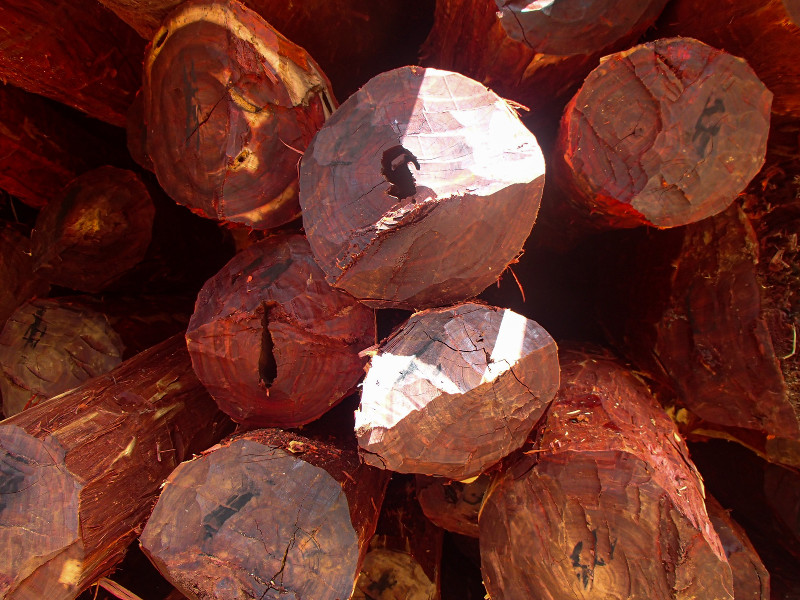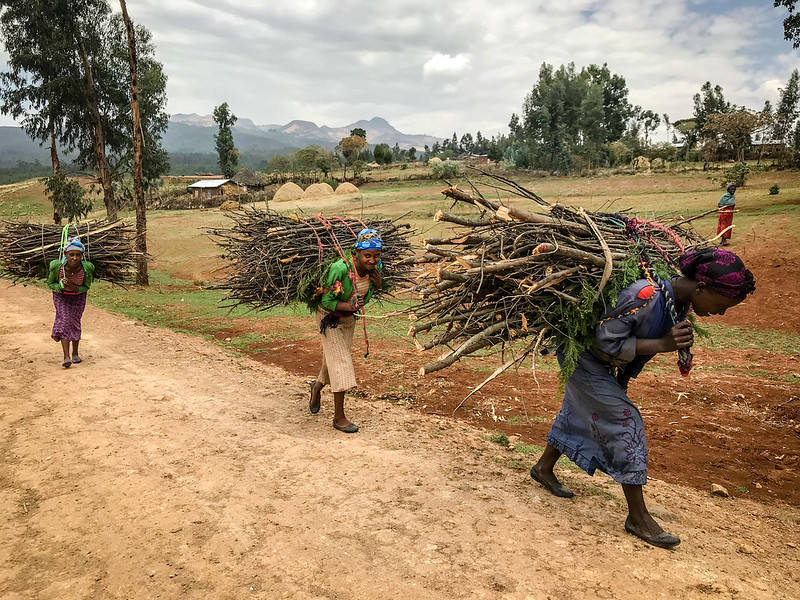Stable carbon isotopes are important tracers used to understand ecological food web processes and vegetation shifts over time. However, gaps exist in understanding soil and plant processes that influence δ13C values, particularly across smallholder farming systems in sub-Saharan Africa. This study aimed to develop predictive models for δ13C values in soil using near infrared spectroscopy (NIRS) to increase overall sample size. In addition, this study aimed to assess the δ13C values between five vegetation classes. The Land Degradation Surveillance Framework (LDSF) was used to collect a stratified random set of soil samples and to classify vegetation. A total of 154 topsoil and 186 subsoil samples were collected and analyzed using NIRS, organic carbon (OC) and stable carbon isotopes. Forested plots had the most negative average δ13C values, −26.1‰; followed by woodland, −21.9‰; cropland, −19.0‰; shrubland, −16.5‰; and grassland, −13.9‰. Prediction models were developed for δ13C using partial least squares (PLS) regression and random forest (RF) models. Model performance was acceptable and similar with both models. The root mean square error of prediction (RMSEP) values for the three independent validation runs for δ13C using PLS ranged from 1.91 to 2.03 compared to 1.52 to 1.98 using RF. This model performance indicates that NIR can be used to predict δ13C in soil, which will allow for landscape-scale assessments to better understand carbon dynamics.
DOI:
https://doi.org/10.1007/s11104-017-3418-3
Altmetric score:
Dimensions Citation Count:

Publication year
2017
Authors
Winowiecki, L.A.; Vågen, T-G.; Boeckx, P.; Dungait, J.A.
Language
English
Keywords
landscape, agroforestry, carbon, isotopes, soil ecology, vegetation soil, spectroscopy, soil analysis, soil






















